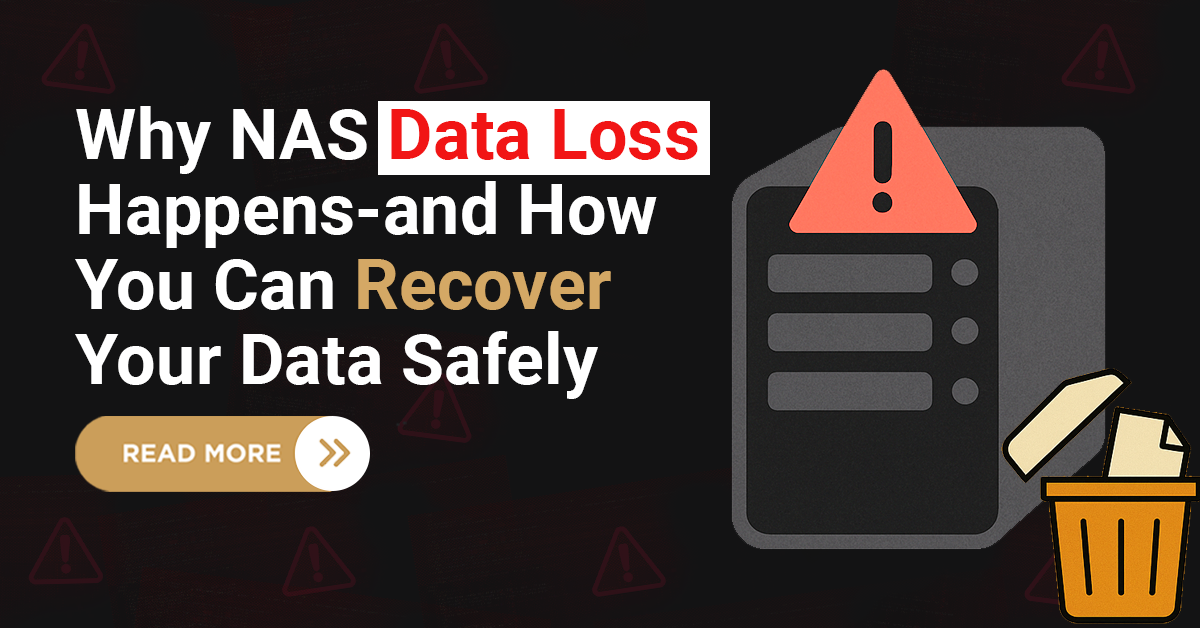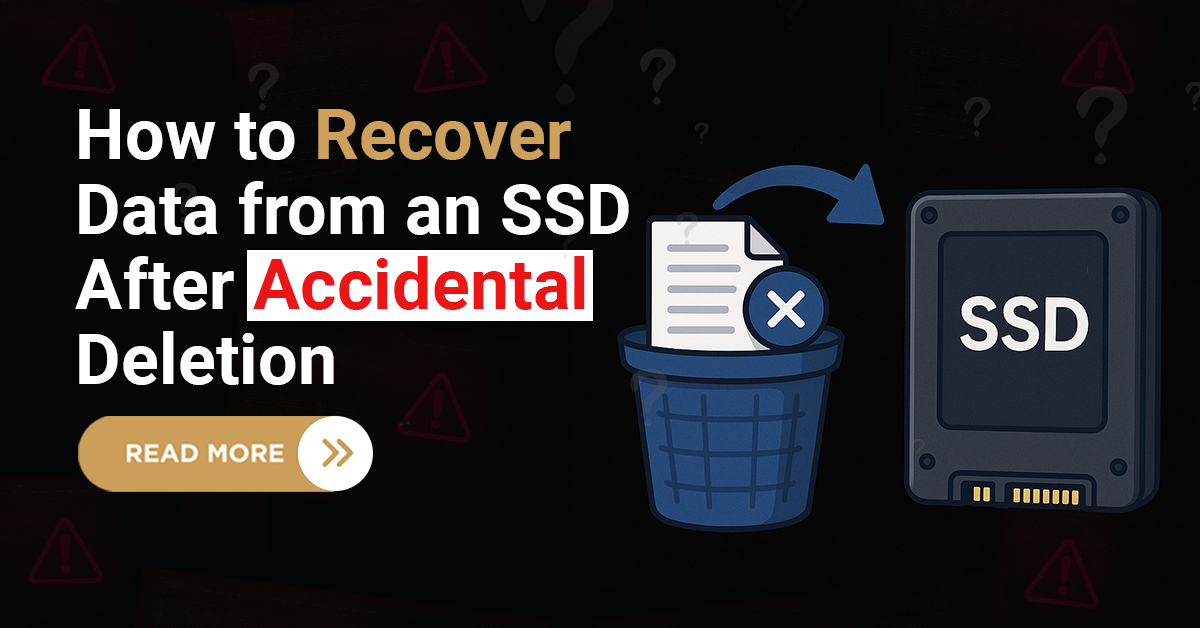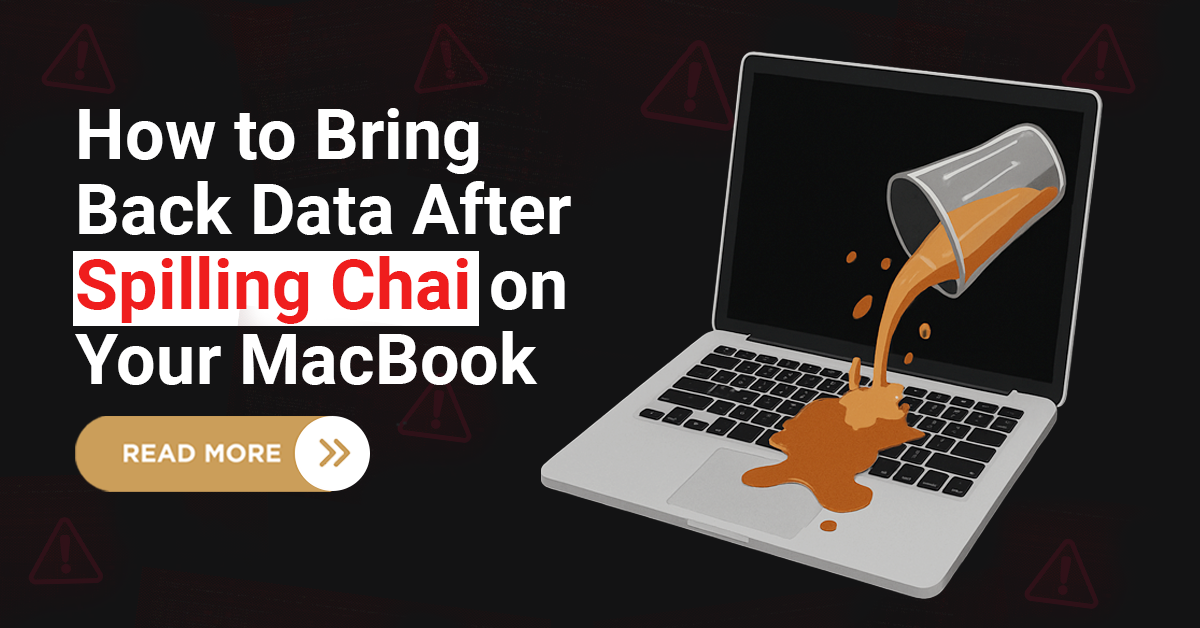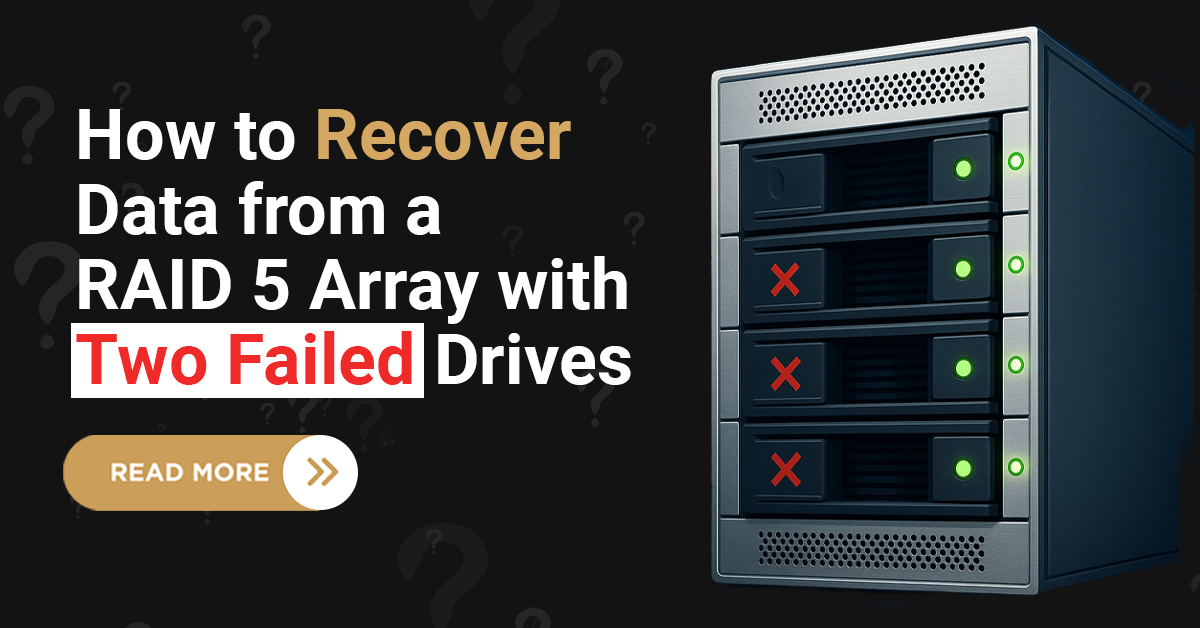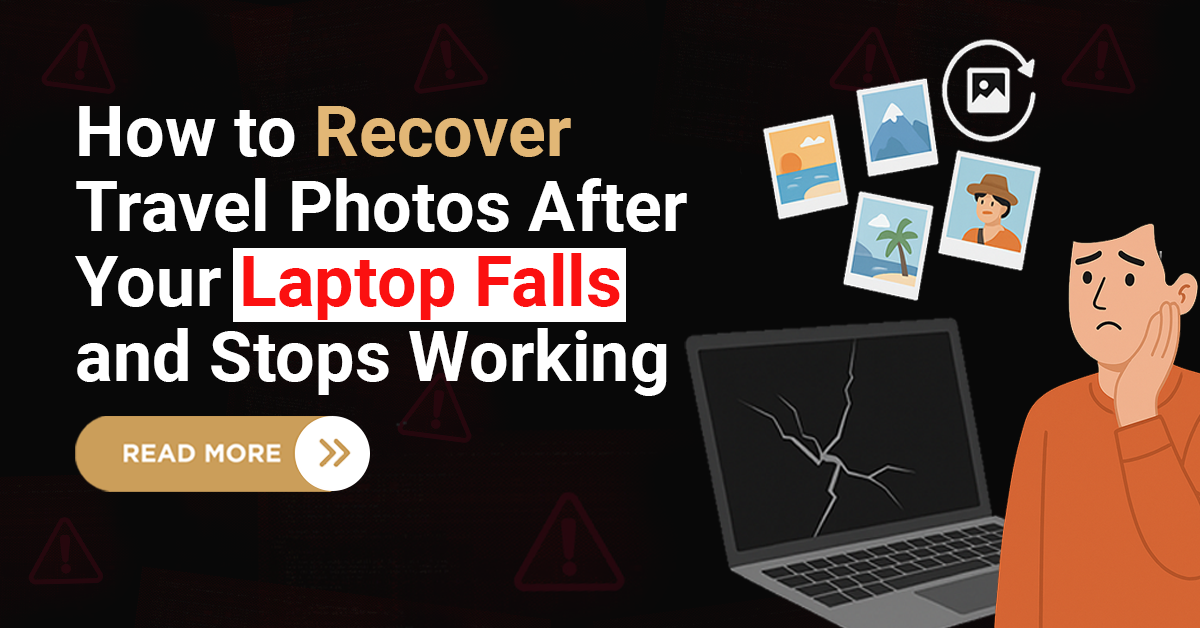Hey readers, today I came up with a solution for RAID 5 2 disc failure, for those who aren’t good with tech stuff! Let’s talk about a situation that might worry anyone who’s trying to keep their important files safe: What if not one, but two hard drives stop working in a RAID 5 setup? Don’t worry, we’ll explain it in a simple way and see what happens in such a case.
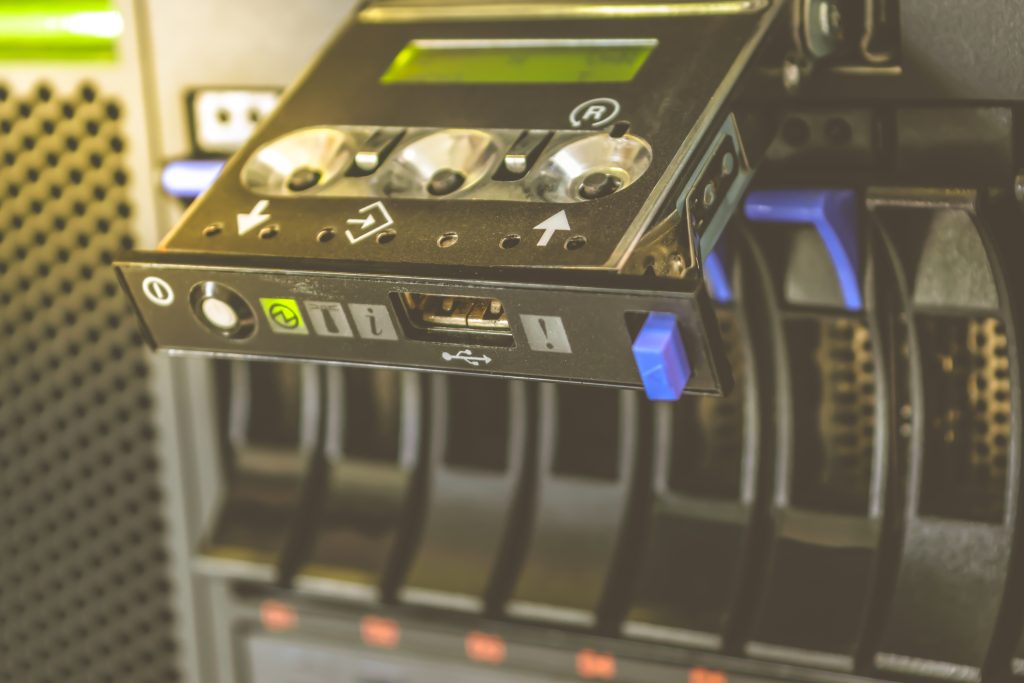
Understanding RAID 5
First of all, let’s understand what RAID 5 is all about. Imagine you have a bunch of drawers to store things, but instead of one big drawer, you have several smaller ones. RAID 5 is like that—it spreads your files across multiple drawers (or hard drives) to keep them safe and make things faster.
The Scary Moment: RAID 5 Failure
Unfortunately, RAID 5 has a limitation: it can only tolerate one failed drive at a time. If a second drive fails while the system is already in a breakdown state (due to the first failure), the RAID 5 array collapses and your data becomes inaccessible. This is because the parity information is no longer sufficient to reconstruct the missing data from the remaining drives.
Now, picture this: You’re happily using your computer with RAID 5, and suddenly, RAID 5 two-disc failures occur, and the drives decide to stop working together. It’s like two of your drives collapsing at once! Scary, right?
RAID 5 2 Disc Failure
RAID 5 2 drive failure data recovery is a complex process. RAID 5 is able to rebuild a single failed drive using parity information. Here we will discuss some limited options to protect your device from disc failure:
1. Professional Data Recovery Services
This is the most likely path you’ll need to take. Data recovery specialists like Techchef have advanced tools and techniques to attempt data recovery from the remaining drives.
2. DIY Data Recovery (Proceed with Extreme Caution)
There might be RAID 5 data recovery software available, but attempting DIY recovery with RAID 5 two-disc failure is highly discouraged. The process is complicated, and even a minor misstep could further damage the data or remaining drives. Consider this only if you have significant technical expertise and are prepared for a potentially unsuccessful outcome.
The Importance of Backups
Even though RAID 5 is pretty good at keeping your data safe, it’s not unbeatable. It’s always a good idea to have backups of your important stuff, just in case., it’s crucial to remember that it’s not a substitute for a proper backup plan. Here’s why:
RAID is not Foolproof: Multiple hardware failures, human error, or controller malfunctions can lead to data loss even with RAID.
RAID 5 has Limitations: As we discussed, two-drive failures are terrible for RAID 5.
Backups provide Security: A separate backup ensures you have a copy of your data in case of any unforeseen event.
Here are some backup options to consider:
Cloud Backups: Easy to set up and offer remote access to your data.
External Hard Drives: A cost-effective solution for local backups.
NAS (Network Attached Storage): Offers centralized storage with built-in redundancy features.
Final Words
RAID 5 is a great way to store data, offering both speed and safety. But if two drives fail at once, even RAID 5 needs help. Luckily, there are experts out there like Tecfchef who provide RAID 5 2 drive failure data recovery services.
Don’t wait until it’s too late! If you’ve experienced a RAID 5 failure, contact Techchef today. We’ll work tirelessly to recover your precious data and get your system back on track. Call us at 1800-313-1737 now for a RAID server data recovery and book a free consultation!
FAQs:
1. Can RAID 5 recover from two simultaneous drive failures?
No, RAID 5 disc failure tolerance is one drive at a time. If two drives fail simultaneously, RAID data recovery becomes much more challenging.
2. How many drives can fail in RAID 5 before data loss occurs?
RAID 5 can sustain the failure of one drive without data loss. However, if more than one drive fails, data recovery becomes necessary.
3. Is RAID 5 a reliable choice for data storage?
RAID 5 offers a balance of performance and redundancy, making it a popular choice for many applications. However, no storage solution is resistant to failure, so it’s essential to have backups in place.
4. What factors can contribute to simultaneous drive failures in RAID 5?
Simultaneous drive failures in RAID 5 can occur due to various factors, including manufacturing defects, environmental conditions, and human error.
5. How can I prevent data loss in the event of RAID 5 2 disc failures?
To reduce the risks associated with RAID 5 more than one disc failure, regularly monitor the health of your drives, perform routine backups, and consider implementing a RAID configuration with higher fault tolerance, such as RAID 6.



